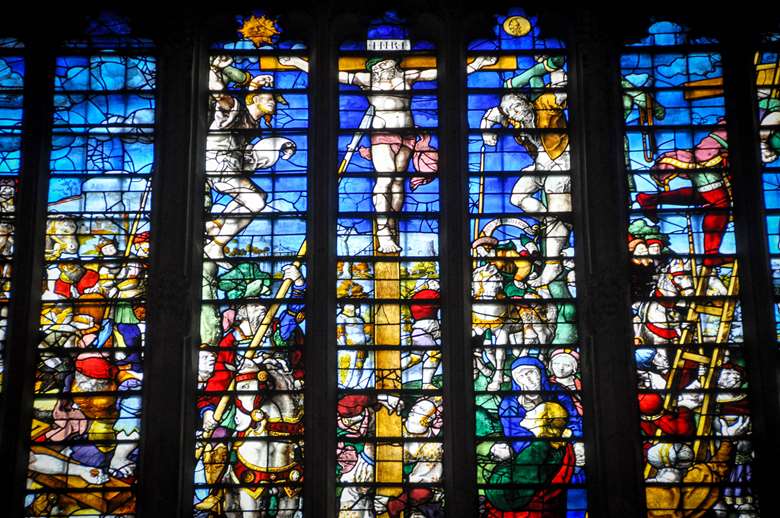Nico Muhly and Kings College: a modern meditation on the Stations of the Cross
Wednesday, November 30, 2022
Mark Seow talks to the composer about setting Alice Goodman's text for the Cambridge Choir and harpist Parker Ramsay

Register now to continue reading
Thanks for exploring the Gramophone website. Sign up for a free account today to enjoy the following benefits:
- Free access to 3 subscriber-only articles per month
- Unlimited access to our news, podcasts and awards pages
- Free weekly email newsletter








